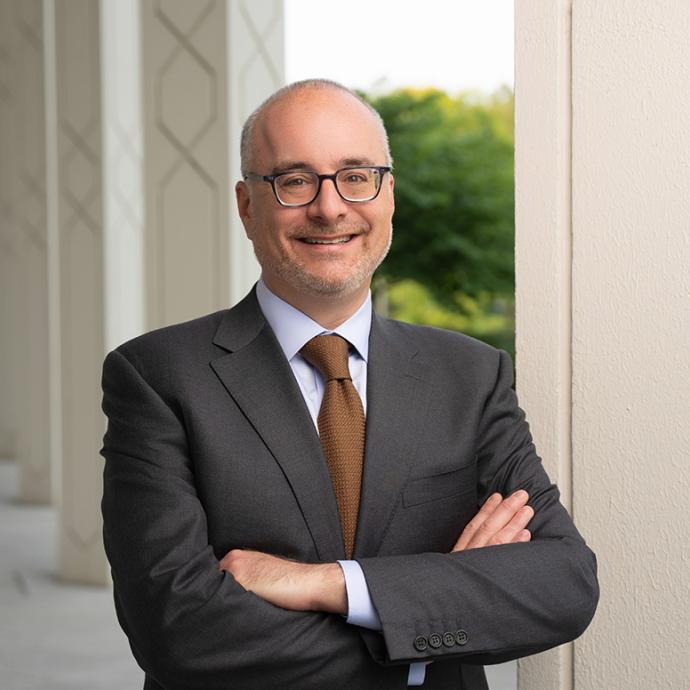At the University of Chicago, being involved in MODA is more than fashionable. It’s an opportunity for students to push their creativity to new levels, apply business skills they are learning and plan events that demand a well-timed execution.
“MODA plays an important role on campus as a vehicle for students interested in everything from fashion design to photography to planning a runway show,” said Morgane Richer La Flèche, co-president for MODA.
On Friday, April 10, MODA members will host a panel discussion from 7 to 8 p.m. at the Logan Center for the Arts to discuss their work in a partnership with the School of the Art Institute of Chicago and the role of research in fashion.
“Our panel will bring together a diverse group of voices to explore the meaning of fashion for UChicago,” said Richer La Flèche. “I’m excited to see how the different perspectives—from faculty who research fashion as a cultural phenomenon to students who produce garments—will intersect.”
Jennifer Cohen, PhD candidate in Art History; fourth-year Harrison Yu, head of MODA’s Designer Boot Camp and participating designer in the School of the Art Institute of Chicago mentorship program; and Timothy Campbell, assistant professor of English Language & Literature, are serving as panelists.
In addition to the panel, students in MODA's Designer Boot Camp will present three capsule collections created in partnership with their art school mentors. This select group will discuss their creative process and show their final garment pieces, which are on display in the Logan Center’s Gidwitz lobby until May 4. This is the first time MODA designs have been exhibited on campus.
The Designer Boot Camp is a selective program that gives students the opportunity to learn sewing, construction, design and other skills, working with Nathan Rohrer, costume shop manager in Theater and Performance Studies at UChicago.
Yu noted that boot camp participation has grown just as audience and MODA membership have increased. “When I started my first year, we had four applicants and four acceptances, this year we had seven acceptances out of 60 applicants.”
MODA members collaborated in spring 2014 with the Office of Civic Engagement to organize a promotional runway show on 53rd Street to highlight new retail businesses in the area. While working on the 53rd Street project with OCE staff member and School of the Art Institute of Chicago graduate Nika Levando, the group met with faculty members of the School of the Art Institute who wanted to support MODA’s efforts on the UChicago campus. A studio mentorship program was born out of the introduction.
One of MODA’s long-running goals is to spark discussions about fashion throughout campus. “We also wanted to bring our partnership with SAIC back home to campus, and provide new ways for the community to get to know what we do,” Richer La Flèche said.
Created in 2003 by former students Tina Fang and Adelle McElveen, MODA promotes Chicago’s style scene through the annual spring fashion show, a daily blog, the Designer Boot Camp and the quarterly MODA Magazine, available digitally and in print. In 2013, Teen Vogue crowned MODA one of the best university fashion magazines in America.
The organization’s annual spring fashion show draws large audiences, as did the Spring 2015 show in Chicago’s Union Station, with more than 1,000 people gathering for the student-produced showcase.
Austin Ward, MODA’s co-president, sees the work he does with the student organization as a way to incorporate classroom learning into real world experiences. “When you work on MODA from within the organization, you realize that in many ways it operates like a business and confronts a lot of the same challenges that businesses do,” Ward said. “In that sense, MODA has proven to be a sort of laboratory for applying some of the economic principles that I've learned through my coursework.
“I think MODA fills a very unique niche in the UChicago community—providing a platform for fashion enthusiasts, supporting the arts more broadly, giving students the opportunity to develop their creative and professional skills,” said Ward.










 —Prof. Kunle Odunsi
—Prof. Kunle Odunsi
